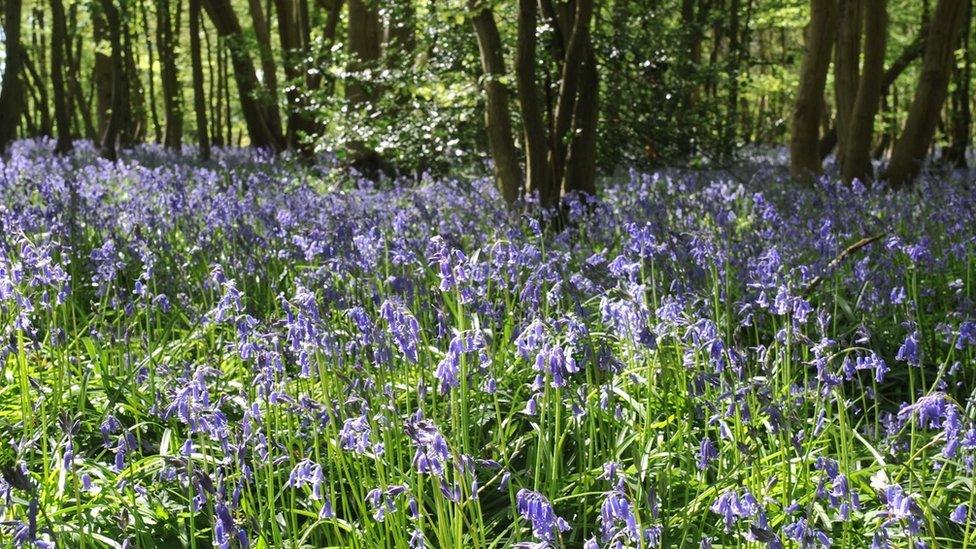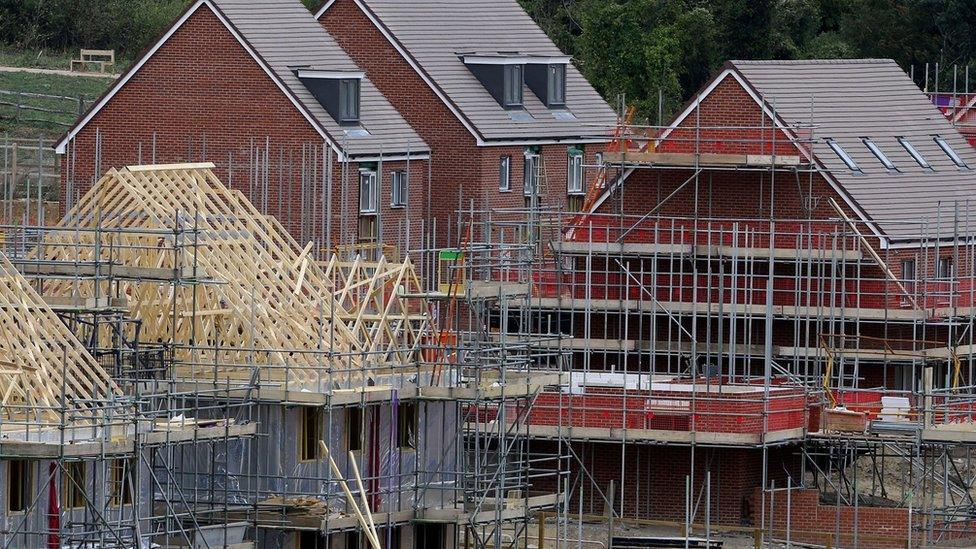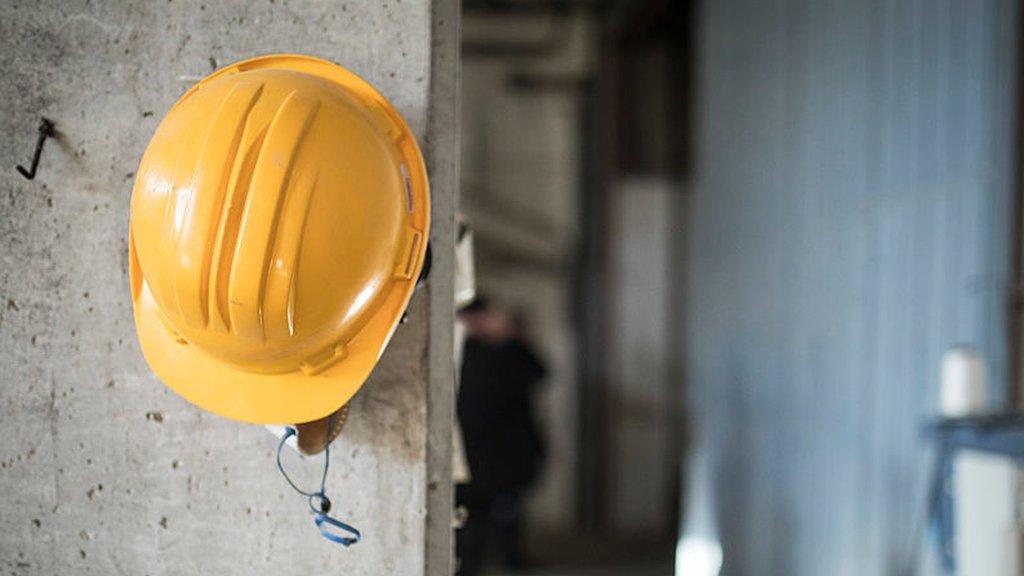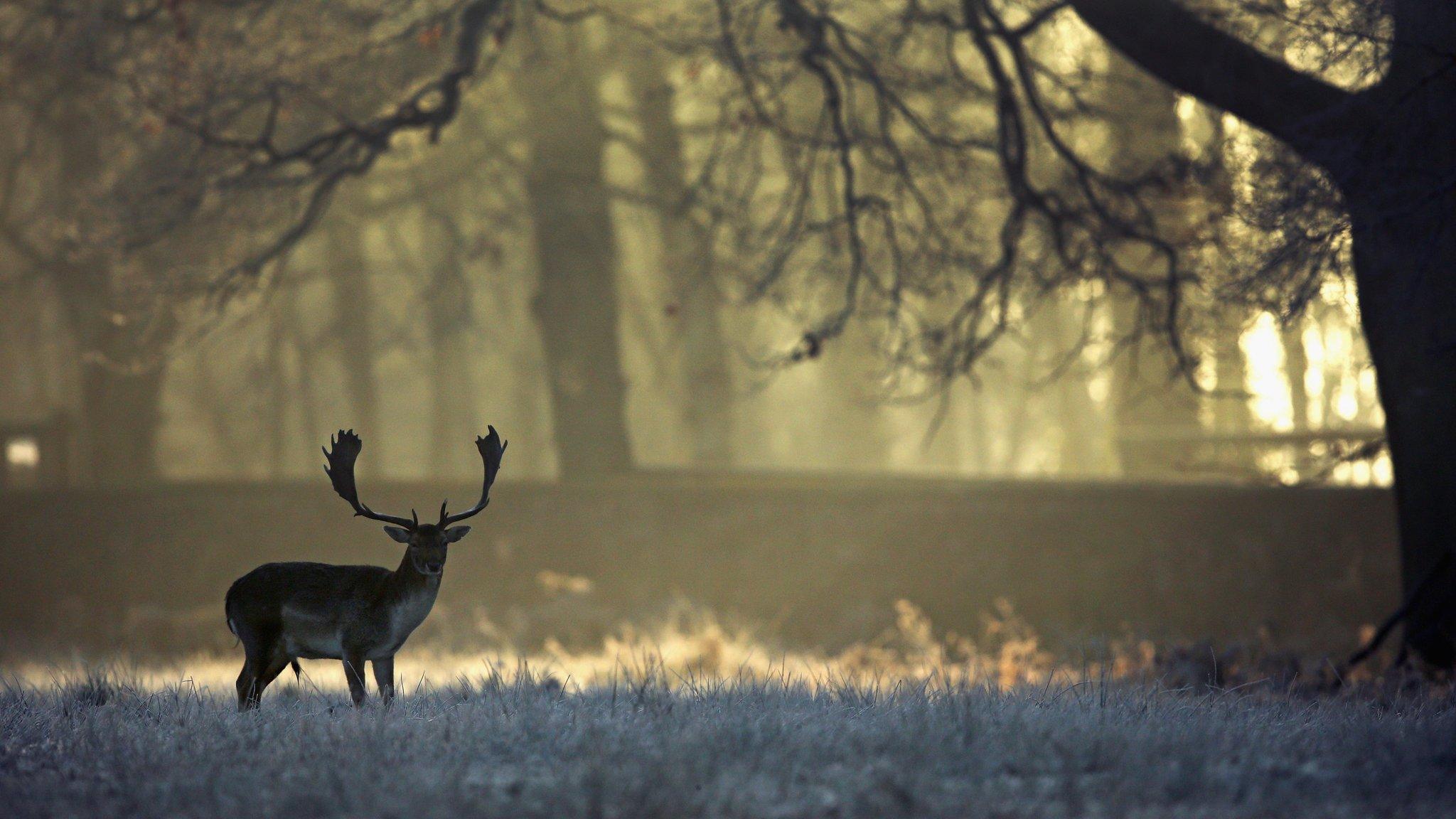Derelict sites should be made nature reserves, say campaigners
- Published

Derelict industrial sites could become nature reserves and woodlands as part of investment in the green belt, countryside campaigners have urged.
Green belt land also has huge potential to provide natural habitat and public access to the countryside, the Campaign to Protect Rural England (CPRE) said.
But the green belt around large towns and cities is being "nibbled" away month by month, the CPRE added.
Ministers say they plan to leave the environment better than they found it.
"Yesterday's car parks and sewage works can be tomorrow's wetland and woodland," Paul Miner, the CPRE's planning campaign manager, said.
Currently, building on green belt land - which surrounds the country's biggest towns and cities - is prohibited except under exceptional circumstances.
But the government's target to build a million new homes by 2020 has led to concerns that such land will be used for developments.
'Industrial wasteland'
Mr Miner warned that the "pressure of development" could shrink the designated open space, which currently covers 12.5% of England.
"The green belt is successful and popular," he said. "Yet we are nibbling away at it month by month.
"Given its potential, we should be looking at how public funding can improve green belt."
A report by the CPRE highlighted areas such as Lee Valley Park in London, where old industrial sites and gravel pits have been converted to country parks, nature reserves, lakeside trails and sports facilities.
It also praised the Mersey Forest, a community forest around Liverpool, Warrington, Chester, Formby and Northwich, part of which was transformed from an industrial wasteland to wildlife-rich woodland with public access.
The organisation called on the government to prioritise investment in the green belt in its 25-year plan for the environment, expected to be published next year, and to also reaffirm its commitment in the forthcoming Housing White Paper.
Mr Miner said: "The green belt's future depends on the government's desire to protect it."

The government recently announced an extra £3.7bn for new housing projects in England.
Chancellor Philip Hammond said in his Autumn Statement that this sum would pay for nearly 100,000 new homes.
The Department for Communities and Local Government has also launched a consultation, external into planning laws which protect the green belt.
A government spokesperson said: "It is our ambition to be the first generation since the industrial revolution to leave our environment better than we found it.
"That's why we are committed to protecting and enhancing green belt land while boosting brown-field development.
The department is expected to publish its 25-year plan for the environment next year.
- Published23 November 2016

- Published27 January 2015
